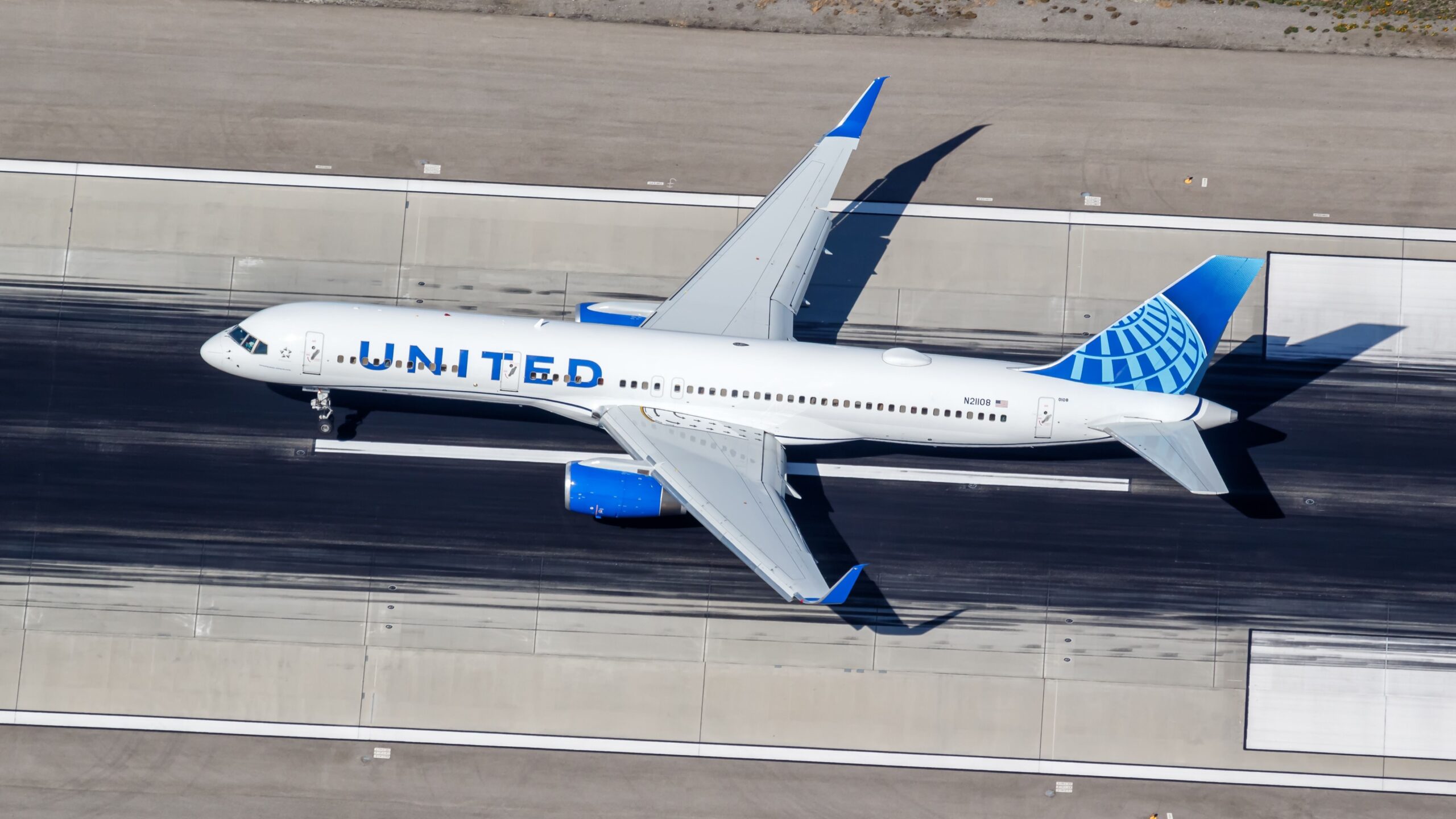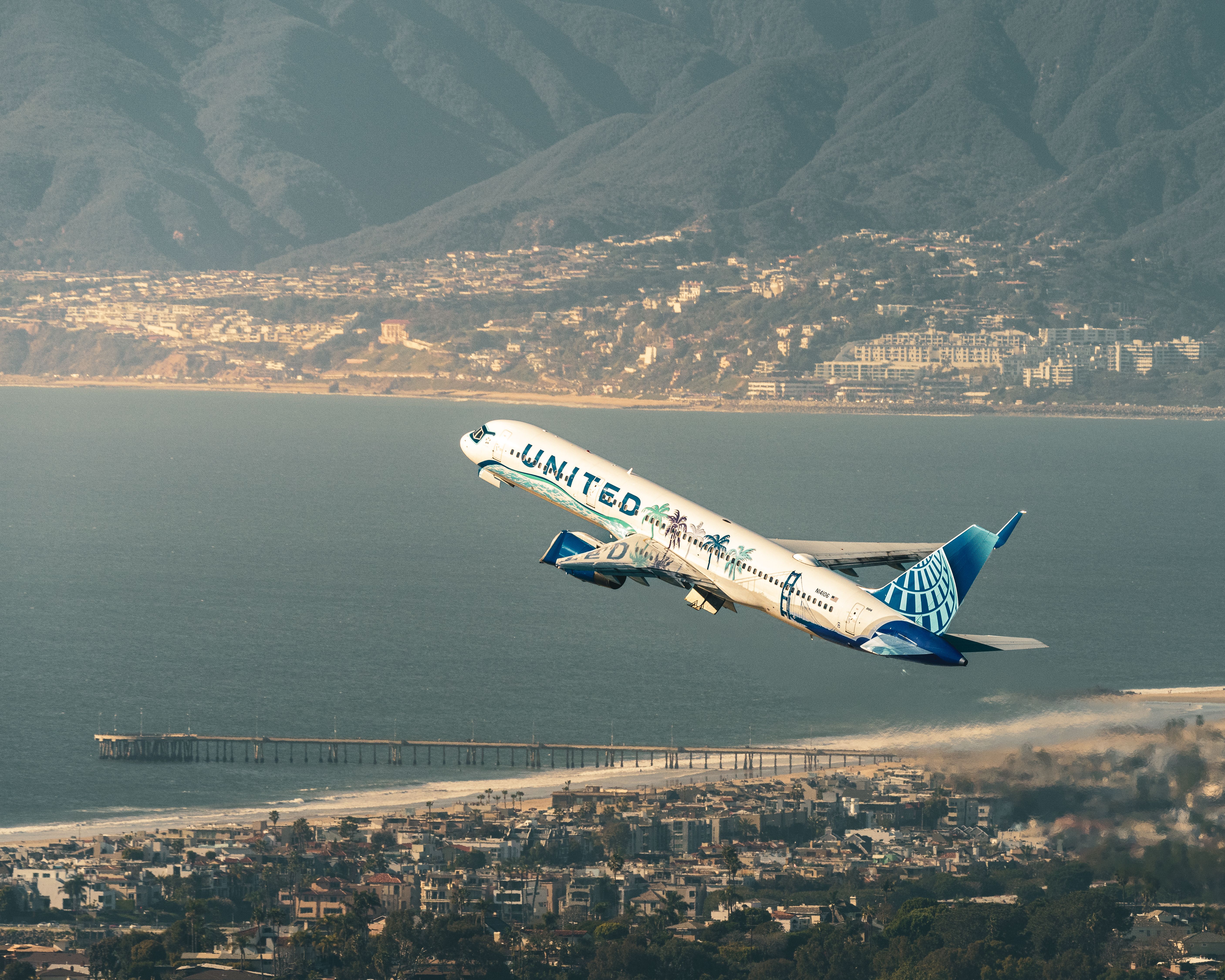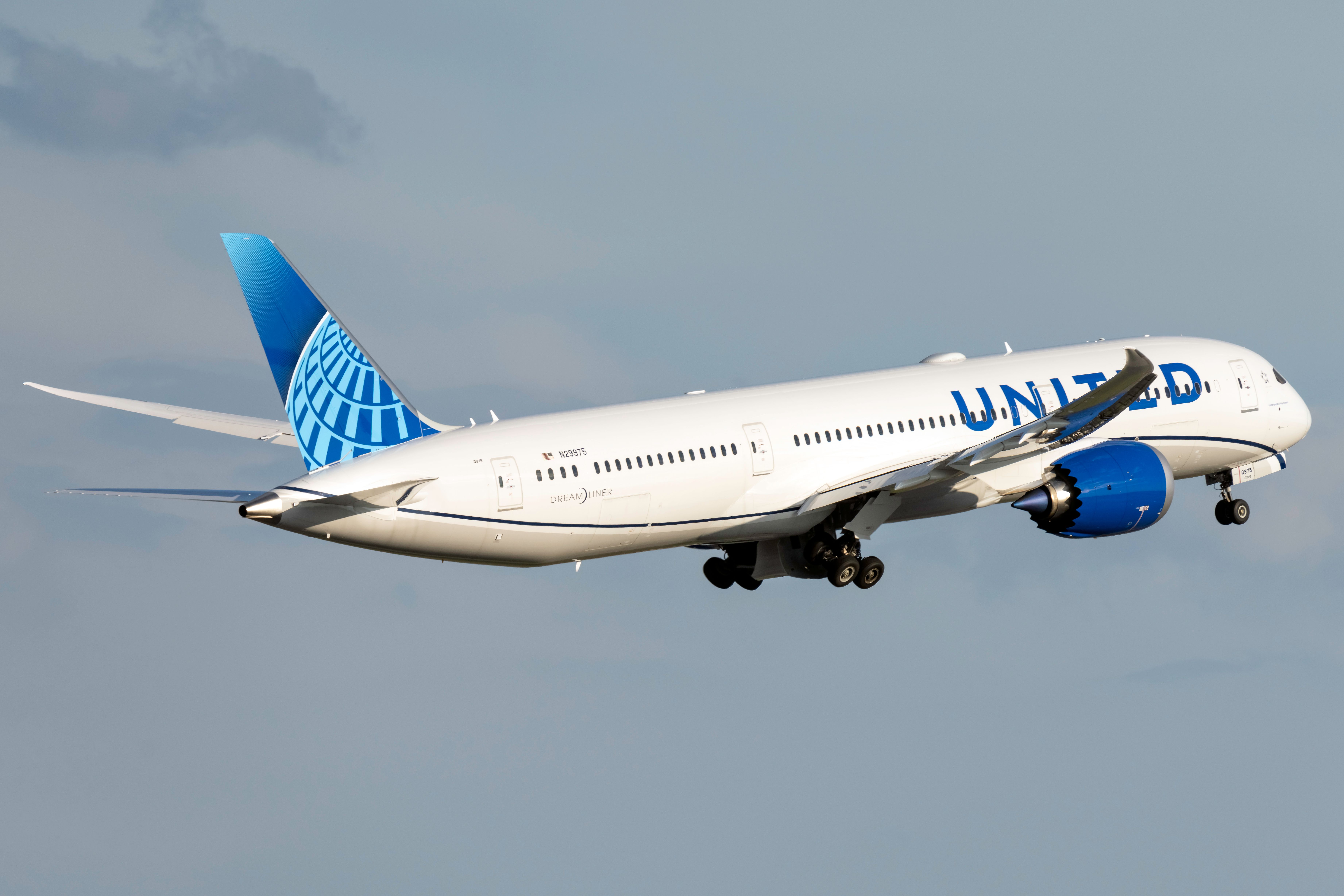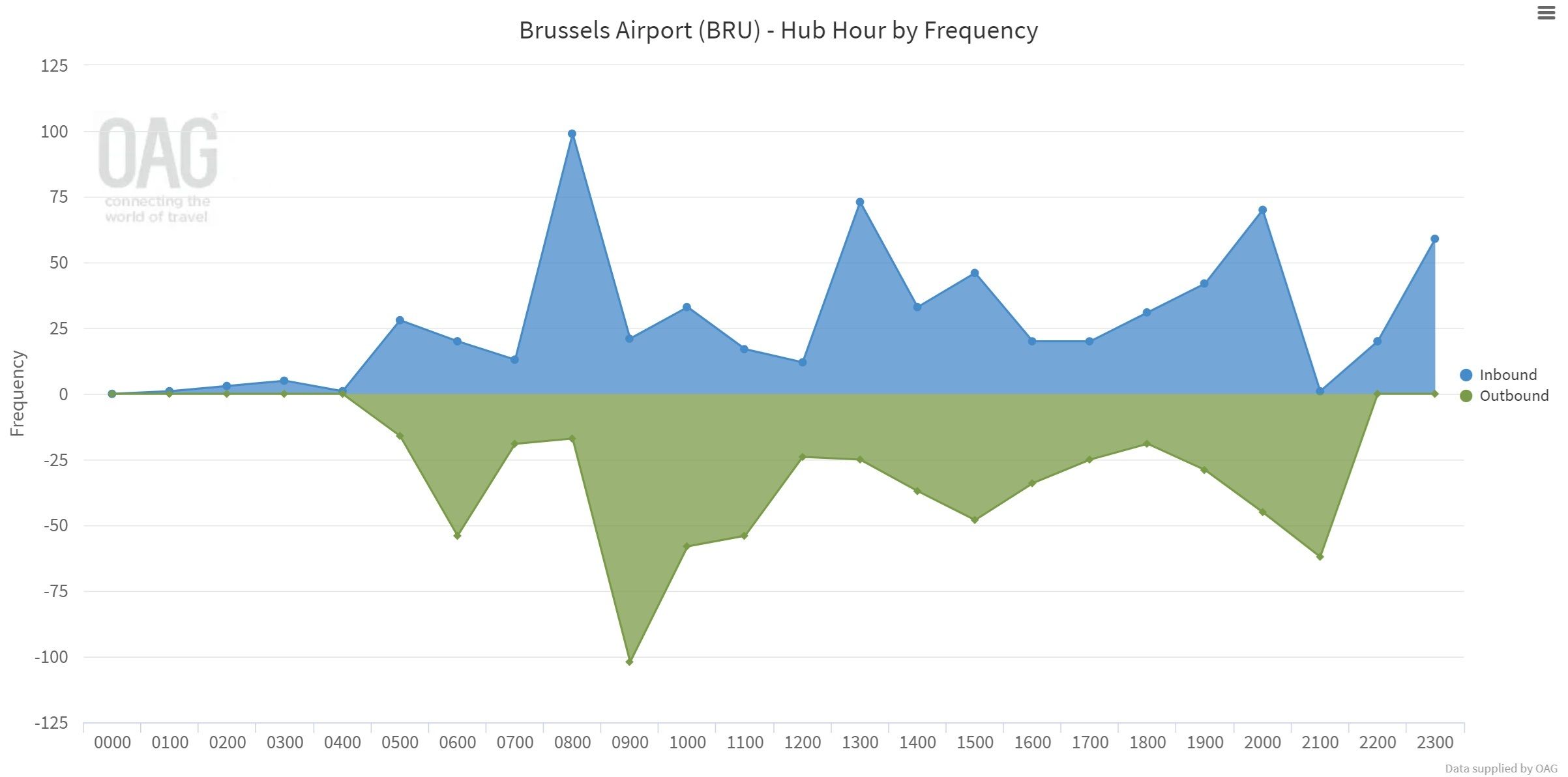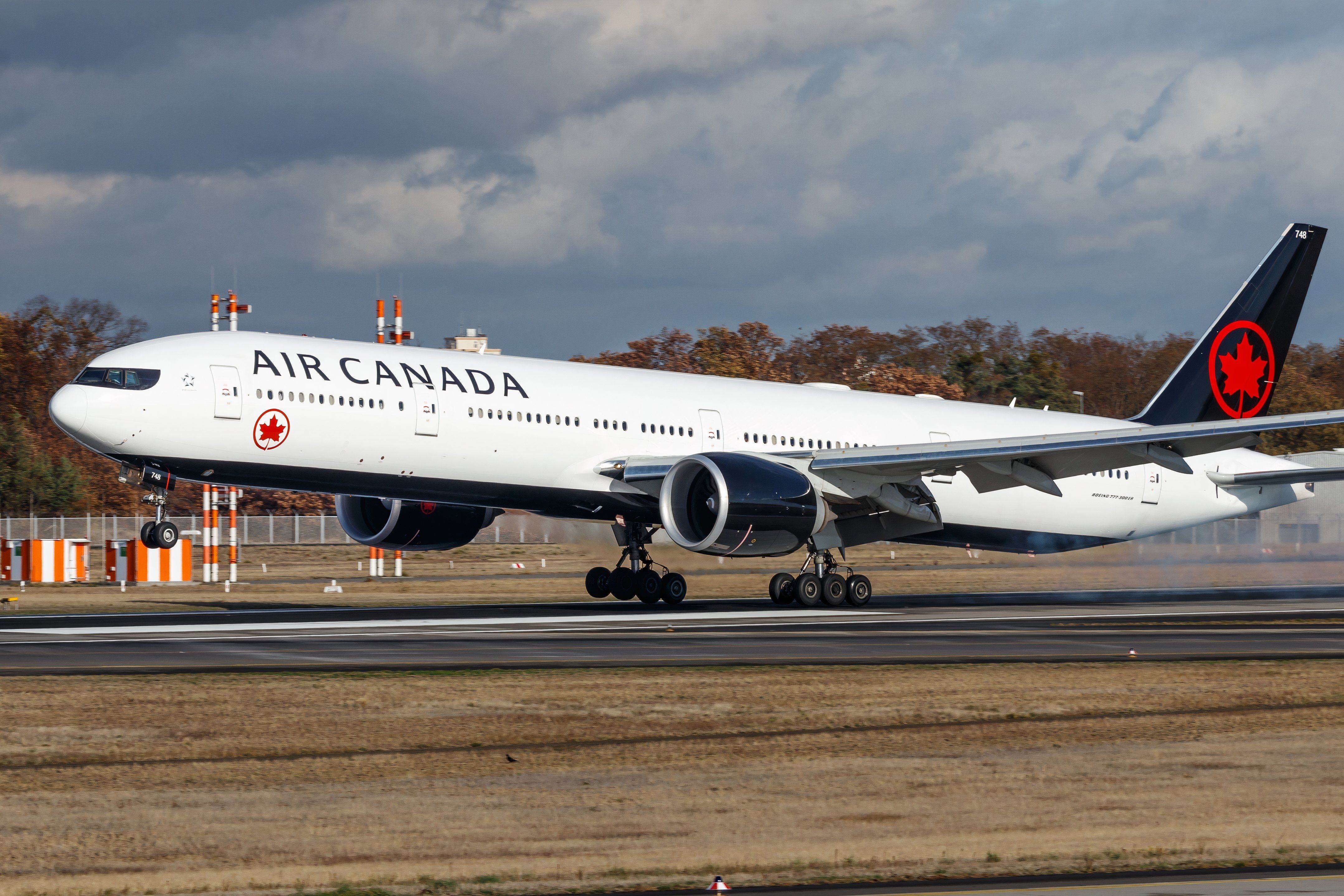United Airlines’ second daily flight between Newark and Brussels, operating exclusively during the summer season, has been labeled as “not ideal” by Brussels Airlines’ CEO, Dorothea Von Boxberg in a press conference earlier today. The ![]() Lufthansa
Lufthansa
Group, ![]() United Airlines
United Airlines
and  Air Canada
Air Canada
have all partnered up to create a transcontinental hub connecting North America with Africa via Brussels. The venture takes advantage of Brussels Airlines’ ever-strengthening Africa-bound network, and leverages transatlantic connections from the US and Canada.
Yet, as United Airlines adds more capacity on Brussels services with a second daily service launched this summer from Newark, its impact on the transcontinental hub venture is somewhat limited. We take a look at the flight details.
“Not ideal” for Africa flights
United Airlines’ second daily flight was launched on March 30, in time for the aviation summer season. The airline deploys a Boeing 757-200 on the sector, which connects Newark Liberty International Airport
(EWR) and Brussels Airport
(BRU). The flight will operate until October 26, 2024, and complements existing 787-10 flights that run year-round. Von Boxberg said:
“Indeed, United has added a second Newark flight this this summer, to offer better connectivity. And this year, that flight was actually not ideal for connecting for our Africa flights. So next year, they are improving that so that both flights will help feed and defeed our African flights. So I think that’s a big improvement, and that will also bring a lot of passengers.”
The comments came during a press conference on Friday, during which Brussels Airlines unveiled its future medium and long-haul growth plans. When asked, Senior Vice President of Global Network Planning and Alliances at United, Patrick Quayle, confirmed the changes on their end:
“We have been working closely with Brussels Airlines to jointly improve connectivity from North America to Africa. As part of these efforts, we are planning to adjust the schedule of our second EWR-BRU flight earlier to shorten connecting times from Africa and offer more choices to our customers. This schedule adjustment will be published in the coming weeks as we finalize details of our plans for Summer 2025.”
The current schedule
According to Cirium data based on August 2024, the schedule for the 757-200 flight is currently as follows:
|
Sector |
Departure (local) |
Arrival (local) |
|---|---|---|
|
EWR-BRU |
21:15 |
10:40 |
|
BRU-EWR |
14:15 |
16:40 |
Moving the flight earlier would mean both the carrier’s daily services will run at roughly the same time. Take a look at the schedule for the year-round operation below, operated by a 787-10.
|
Sector |
Departure (local) |
Arrival (local) |
|---|---|---|
|
EWR-BRU |
18:40 |
07:45 |
|
BRU-EWR |
11:15 |
13:10 |
Photo: Vincenzo Pace | Simple Flying
Von Boxberg commented on the potential changes:
“I’m really happy that now we get United’s second flight Newark flight to also fly into the bank. And it also means good collaboration with Brussels Airport to make sure that this wave really works. This all these flights coming in and going out working nicely for the passengers. So yes, I think we’ve got a plan and we also have good support from the airport.”
The current Brussels Airlines departures at its hub look as follows by time period, per data from OAG.
Photo: OAG
The wave of Africa flights arrive and depart in the morning. Between the hours of 04:00 and around 08:00, the African arrivals touchdown in Brussels. The aircraft are cleaned, passengers and baggage offloaded and preparations begin for the departure bank. This takes place between 10:00 and 12:00.
Brussels Airlines’ own flights to and from Washington and New York, as well as United’s year-round flight, also fit into this bank. For the seasonal second daily flight to feed the Africa network, an earlier arrival in Brussels would be necessary.
A second long-haul departure bank on the cards
As long-haul flights from Star Alliance members continue to concentrate into the morning bank, Brussels Airport might become too busy. As we reported earlier this year, a recently issued environmental permit means that night flights will be severely limited over the years to come due to noise restrictions.
On Friday, the carrier revealed it would grow its A330 fleet by three. These aircraft will not be able to fly at an early time in the morning and will instead be deployed later to abide by the restrictions. Relatedly perhaps, one of Brussels Airlines’ long-term plans includes developing a second bank of departures during the day, which would ultimately ease some of the pressure on the morning rush. A spokesperson for Brussels Airlines clarified:
“At first we will try to extend our current wave, but as the airport is reaching max capacity at that time, we cannot keep adding flights in the morning.”
Planned US-Brussels-Africa hub growth stagnant through 2025
While the transcontinental hub has ambitious plans, aside from the re-timed Newark service there will be little to no growth, Brussels Airlines’ CEO reveals. Instead, there is more opportunity on the horizon for 2026, by which time spare aircraft will be more readily available.
“We will not see additional aircraft next year from Air Canada and United, but the year after. That also depends on when they get additional aircraft. It’s really this big shortage of aircraft in the market right now, so this big problem that both Boeing and Airbus do not really live up to their promises or their plans, and that’s why we’ve got a delay there.
And for Air Canada, it’s now also the Toronto flights that they keep. So that’s also very good. Building a hub together with partners is really something that is quite exceptional.”
Will Brussels Airlines grow in North America?
The Belgian flag carrier intends to leave transatlantic growth to partners Air Canada and United. Currently, it operates to New York JFK Airport
and Washington Dulles International Airport
, with the latter only seasonal. Its three new planes will be deployed to Africa, with the first (arriving in mid-2025) allocated to West African growth. While North American growth has not been completely ruled out, its likelihood remains low.
“The focus will definitely be on Africa. So we’re not ruling it out, but the likelihood that our aircraft will all be deployed in the direction of Africa is quite high. So it’s really this topic of having the partners allowing us to grow faster than we could on our own by adding their capacity on the transatlantic, and then we offer the network to Africa. That is really the concept. So it doesn’t make so much sense that we now also offer additional capacity on the transatlantic, while they [United and Air Canada] definitely can’t offer the [same] Africa network.”
Washington will not become year-round, as it has very “seasonal demand” according to Brussels Airlines’ Head of Network and Planning, Jan Derycke. The network will continue as is; despite United’s Newark growth, JFK will remain in the Brussels Airlines network as it is “not a very practical destination for them to fly” given that it is not one of their hubs.

